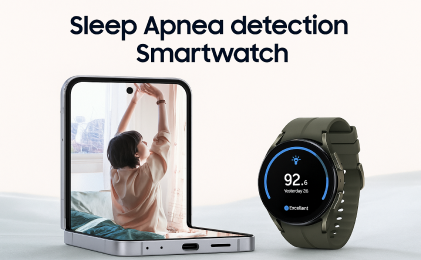
Approximately 39 million U.S. adults have obstructive sleep apnea (OSA), yet 80% remain undiagnosed 24. Untreated OSA elevates risks for stroke, heart disease, and cognitive decline. Traditional lab sleep studies are accurate, but they are also inconvenient—a barrier that fuels this silent crisis. Wearables like a Sleep Apnea detection Smartwatch are now bridging the gap by offering early screening at home 18.
- PUSH PAST YESTERDAY: Looking for a great way to bring out your personal best every day. Challenge yourself to excel on y…
- START YOUR DAY WITH YOUR ENERGY SCORE: Know how ready you are to take on the day using your personalized Energy Score wi…
- KEEP A CLOSER EYE ON YOUR HEART HEALTH: Get the most out of your fitness workouts using improved Heart Rate Tracking³ wi…
How Sleep Apnea Detection Smartwatches Work
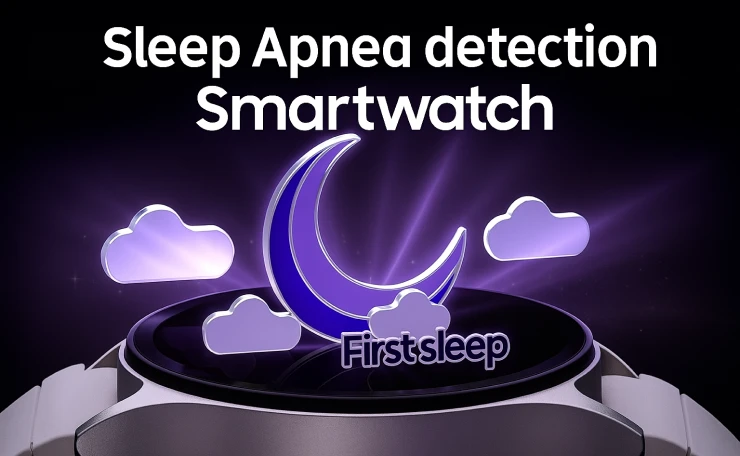
FDA-approved models (Apple Watch Series 9/10/Ultra 2 and Samsung Galaxy Watch 7/Ultra) use advanced sensors to track:
- Breathing disturbances: Accelerometers detect micro-movements during breathing pauses 18.
- Blood oxygen (SpO2): Dips below 90% may signal apnea events 19.
- Heart rate variability: Irregular rhythms during sleep 311.
- Snoring/sleep quality: Auditory sensors and movement analysis 5.
Key insight: These devices require 7–10 nights of data to identify moderate-to-severe OSA patterns. Mild cases often go undetected 17.
Discover how the Apple Watch SE delivers top-tier features at a budget-friendly price in our full review.
Read why it’s the smart choice for everyday users seeking performance and style.
Top Devices Compared
| Feature | Apple Watch | Samsung Galaxy Watch |
|---|---|---|
| Models | Series 9/10/Ultra 2 | Watch 7/Ultra |
| FDA Approval | Yes (2024) | Yes (First in 2024) |
| Detection Method | Breathing Disturbances algorithm | Breath disruption patterns |
| Unique Perks | Detailed physician reports | Sleep score coaching |
| Limitations | Misses mild OSA; no central apnea tracking | Requires Android; 2-night minimum use |
- WHY APPLECARE+ – Get protection, service and support direct from Apple. AppleCare+ covers unlimited repairs for accident…
- WHY APPLE WATCH SE — All the essentials to help you be motivated and active, keep connected, track your health, and stay…
- STAY CONNECTED — Send a text, take a call, listen to music and podcasts, use Siri, or call for help with Emergency SOS.*…
- WHY APPLE WATCH SERIES 10 — Bigger display with up to 30 percent more screen area.* A thinner, lighter, and more comfort…
- ADVANCED HEALTH INSIGHTS — Take an ECG anytime.* Get notifications if you have high or low heart rate or an irregular he…
- A POWERFUL FITNESS PARTNER — Measure all the ways you move with Activity Rings, which are customizable to match your lif…
- This pre-owned product is not Apple certified, but has been professionally inspected, tested and cleaned by Amazon-quali…
- There will be no visible cosmetic imperfections when held at an arm’s length. There will be no visible cosmetic imperfec…
- This product will have a battery which exceeds 80% capacity relative to new.
- This pre-owned product is not Apple certified, but has been professionally inspected, tested and cleaned by Amazon-quali…
- There will be no visible cosmetic imperfections when held at an arm’s length. There will be no visible cosmetic imperfec…
- This product will have a battery which exceeds 80% capacity relative to new.
- This pre-owned product is not Apple certified, but has been professionally inspected, tested and cleaned by Amazon-quali…
- There will be no visible cosmetic imperfections when held at an arm’s length. There will be no visible cosmetic imperfec…
- This product will have a battery which exceeds 80% capacity relative to new.
Samsung Watch 7 Sleep Apnea Detection (FDA-Cleared)
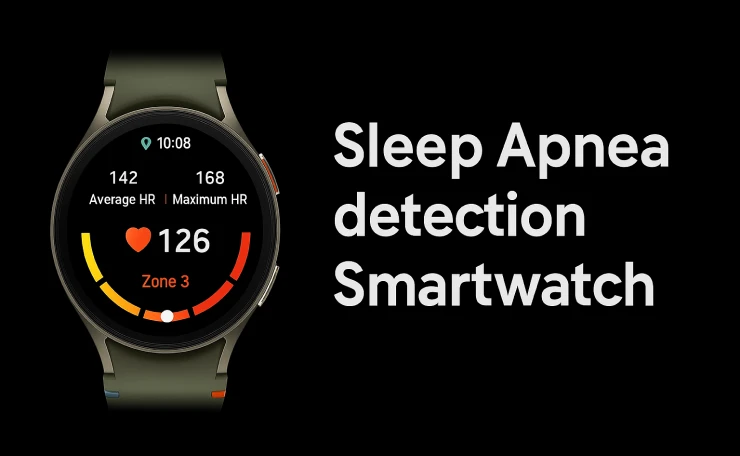
Samsung Galaxy Watch 7 – the first FDA-cleared smartwatch for sleep apnea detection that screens for OSA (obstructive sleep apnea) while you sleep at home.
Why This Changes Everything
The Watch 7’s revolutionary feature requires no extra devices. Using advanced BioActive Sensors, it monitors:
- Blood oxygen saturation (SpO2)
- Heart rate variability
- Body movement
- Snoring patterns via connected phone
Clinical studies show 87.5% accuracy in detecting moderate-to-severe OSA compared to lab tests.
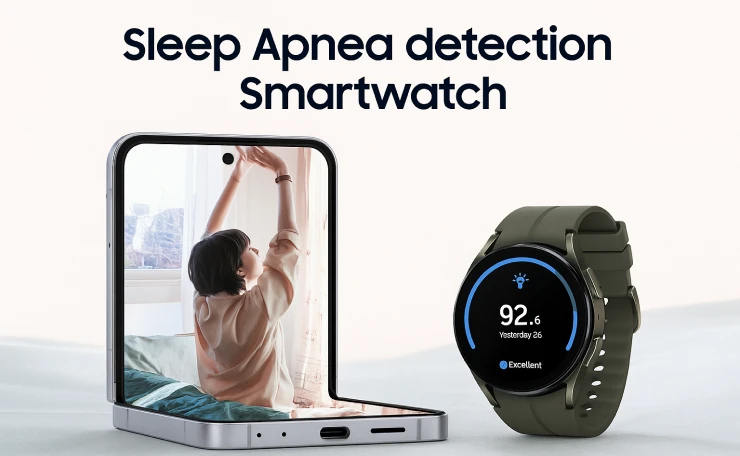
Critical Limitations to Know
A sleep apnea detection smartwatch is a screening tool—not a diagnostic device. Key constraints:
- ❌ False negatives: Mild OSA or central sleep apnea (brain-signal failure) are rarely caught 111.
- ❌ Battery life: Daily charging disrupts overnight tracking (except Ultra models) 8.
- ❌ One-night gaps: Single-night data is unreliable; trends over weeks matter 37.
- ❌ No prescriptions: Alerts can’t replace CPAP therapy prescriptions 49.
Expert Tip: Pair watch data with symptom journals (e.g., snoring, daytime fatigue). Your body’s signals often outpace tech 1.
Your Next Steps After an Alert
- Consult a doctor: Share your device’s sleep report. Request a home sleep test (HST) or lab study 29.
- Home testing: FDA-approved kits like NightOwl or Happy Ring track airflow, brain activity, and oxygen—data smartwatches can’t capture 16.
- Treatment: CPAP therapy remains the gold standard. Oral appliances or lifestyle changes help milder cases 911.
⚠️ Critical: Ignoring alerts risks cardiovascular damage. 75–96% of smartwatch OSA warnings are later clinically confirmed 1.
The Verdict
Sleep apnea detection smartwatches revolutionize early screening—especially for moderate/severe OSA. But they complement, not replace, medical diagnostics. If your device flags risks, treat it as a lifesaving nudge toward professional care. As tech evolves, these wearables could slash undiagnosed rates, but today, human expertise remains irreplaceable.
Proactive Step: Symptomatic but no smartwatch? Take the STOP-BANG quiz online or request an HST. Don’t wait for tech to sound the alarm 611.

![Apple Watch SE (2nd Gen) [GPS 40mm] Smartwatch with Midnight Alum...](https://m.media-amazon.com/images/I/41Zlw5+27cL.jpg)
![Apple Watch Series 10 [GPS, 42mm] - Rose Gold Aluminum Case with ...](https://m.media-amazon.com/images/I/41q7DjoSlCL.jpg)
![Apple Watch Series 10 [GPS, 42mm] - Rose Gold Aluminum Case with ...](https://m.media-amazon.com/images/I/411sv3T8V+L.jpg)
![Apple Watch Series 10 [GPS, 42mm] - Rose Gold Aluminum Case with ...](https://m.media-amazon.com/images/I/31wE9LucBuL.jpg)
![Apple Watch Series 10 [GPS + Cellular, 42mm] - Silver Aluminum Ca...](https://m.media-amazon.com/images/I/416f6qq5LdL.jpg)
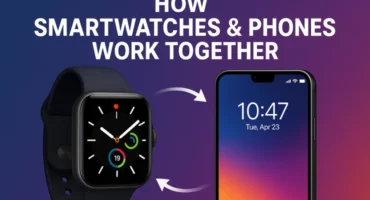
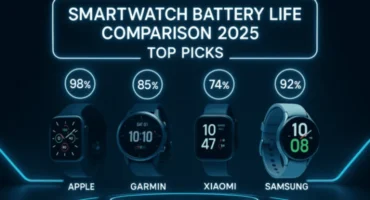
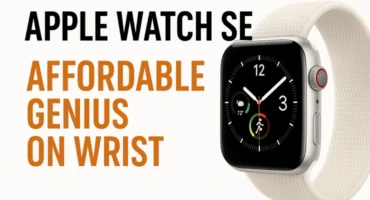





Leave a Comment